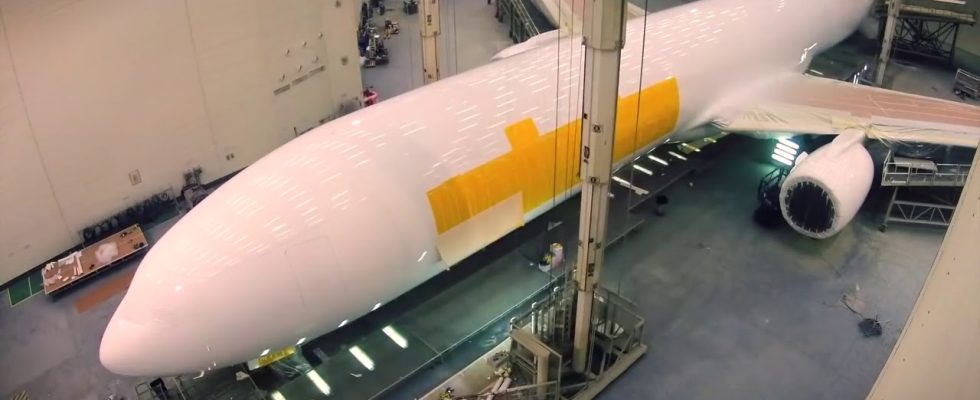One of the main costs of airplanes is fuel. Using more efficient engines or reducing weight by using lighter materials provides significant fuel savings. 1.4 kilograms of the paint developed by the team led by nanoscientist Debashis Chanda from the University of Central Florida is enough to coat a Boeing 747 aircraft. Let’s take a closer look at the subject.
Just 1.4 kilograms is enough!
Led by nanoscientist Debashis Chanda from the University of Central Florida, the team made a new breakthrough and produced the world’s lightest paint. This paint; It has the characteristics of repelling heat, appearing in any color, lasting for centuries and besides all these, it can save energy.
of researchers “plasmonic dye” 4 motors with a length of 71 meters and a wingspan of 64 meters Boeing 747 Only 1.4 kilograms of paint is enough to cover the plane.
Yes, you didn’t misread. Only 1.4 kilograms of plasmonic paint is enough to coat the Boeing 747 aircraft, which was coated using 454 kilograms of paint using the traditional method. With this development, thanks to the weight savings that will occur in the aircraft, there will be less fuel consumption, and the amount of greenhouse gases emitted by the aircraft will also decrease, as well as the decrease in flight costs.
There are also different studies carried out to reduce the weight of aircraft. We know that the rate of use of materials such as aluminum in new aircraft has decreased gradually, and that lighter and more functional composite building materials have taken their place. In fact, the composite ratio used in the structure of the Airbus A350, one of the modern aircraft models, is 53 percent.
The lightest in the world: Plasmonic dye
In addition to being the lightest paint in the world, plasmonic paint has some more features. Colors are created structurally by the arrangement of nanoparticles. The paint absorbs less heat as it reflects the entire infrared spectrum. Thus, it helps buildings to stay cooler.

In this way, with the prediction that cooling tools such as air conditioners will be used less, there is the potential to contribute to the reduction of carbon emissions and ultimately global warming, along with energy savings. Researchers state that the surfaces under the paint stay 13-16 degrees cooler than normal paint.
Plasmonic dye has incredible advantages, but while conventional dyes are produced in large factories with high capacity, plasmonic dye is still produced in a laboratory environment. Accordingly, the researchers state that it is unlikely to become cheaper unless it leaves the laboratory environment and goes into mass production.
We talked about plasmonic paint, which can cover a 1.4 kilogram giant plane, and its impact on aviation. You can share your thoughts and opinions on the subject with us in the comments.

